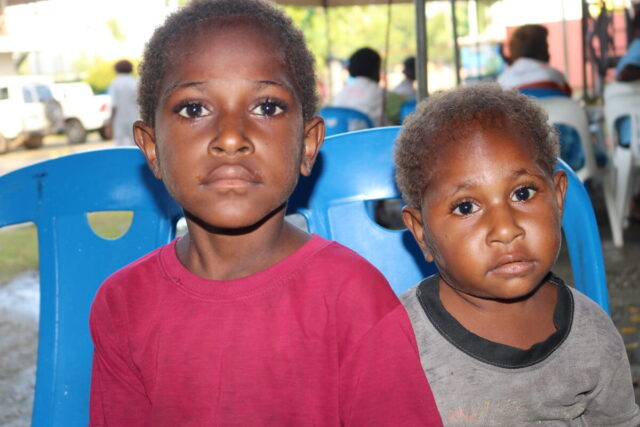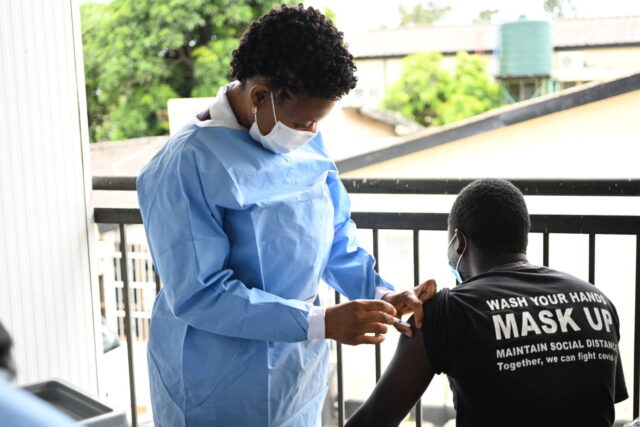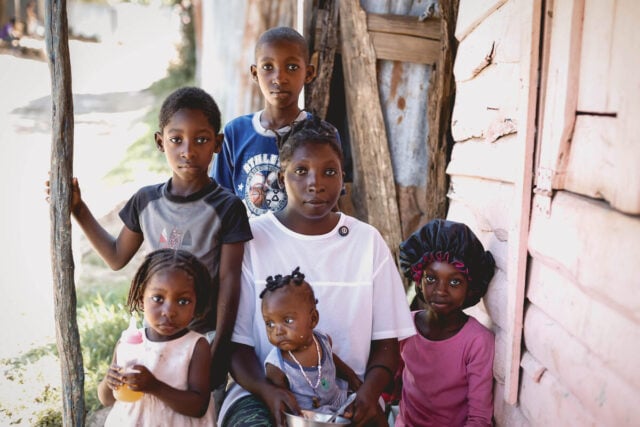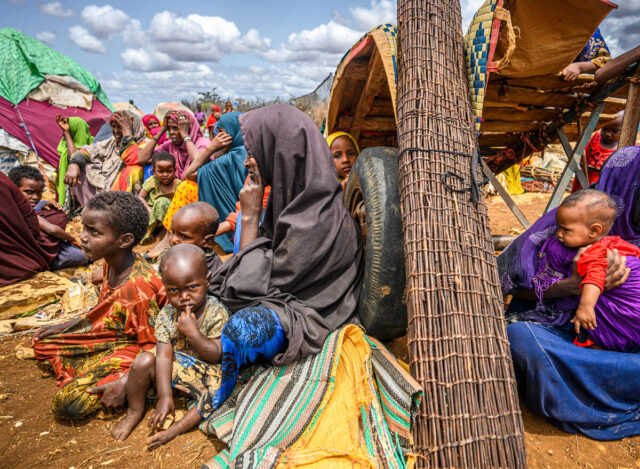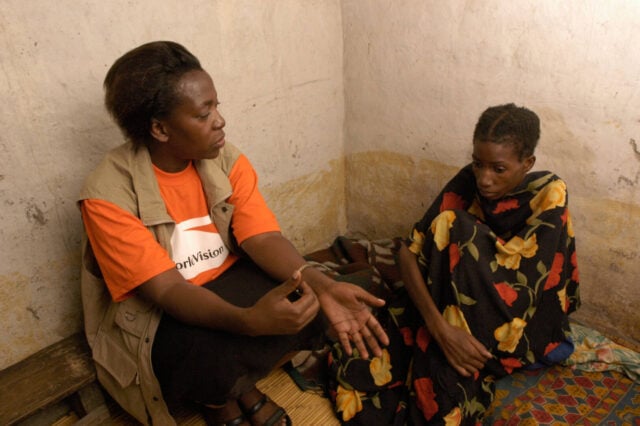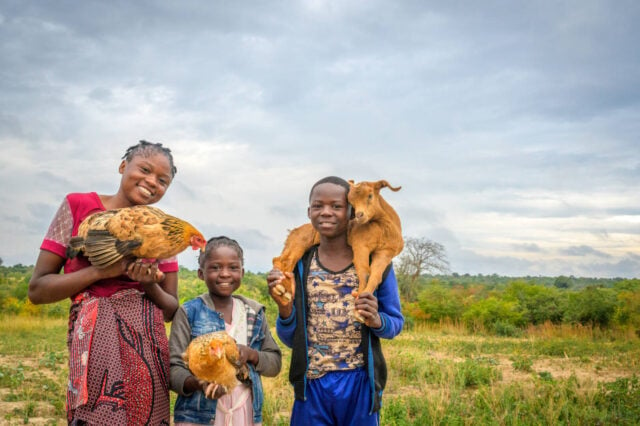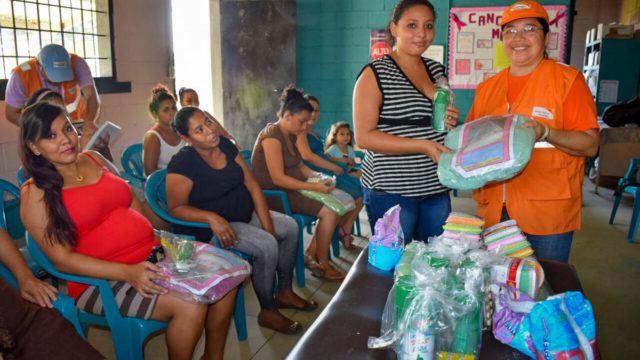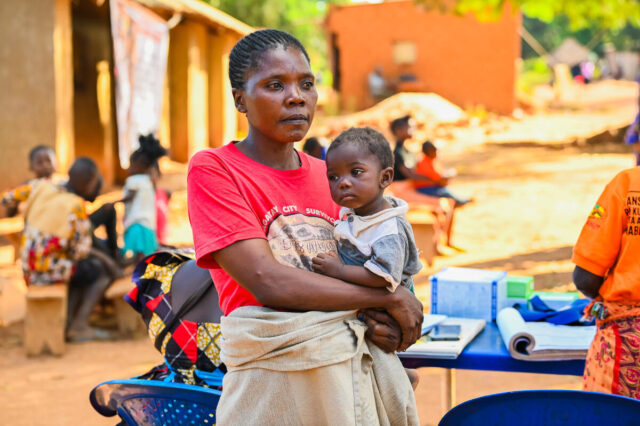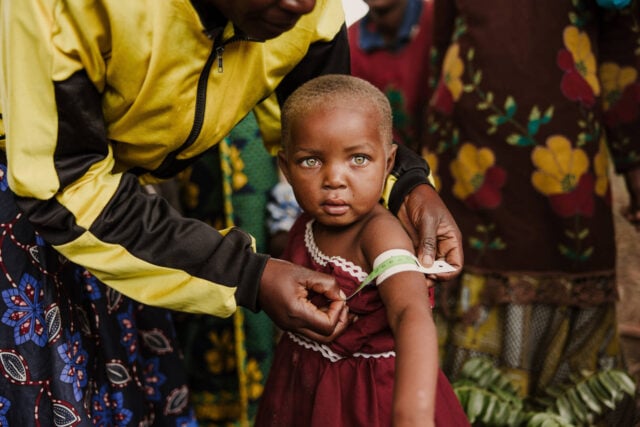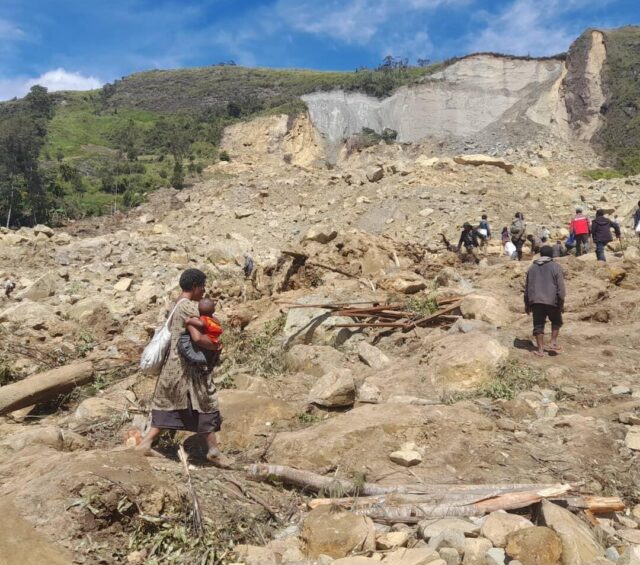Despite being a preventable disease, tuberculosis claims the lives of numerous children annually, either due to delayed diagnosis or lack of treatment. Discover key facts about TB, particularly in children, where the disease develops rapidly.
News & Stories
Infectious Disease
Coronavirus: Facts, FAQs, and how to help
The coronavirus pandemic and its respiratory disease, COVID-19, has profoundly and widely impacted the world since it emerged in late 2019. Beyond its health implications, the pandemic has threatened progress in reducing global poverty and income inequalities. Particularly concerning is the potential long-term impact on children. Learn more about the pandemic and how World Vision has responded worldwide.
Haiti crisis: Facts, FAQs, and how to help
The current situation in Haiti is dire, with escalating gang violence, sociopolitical instability, and a cholera epidemic all threatening vulnerable populations. Learn more about the situation that is affecting millions of people in Haiti and how World Vision is responding to the crisis.
10 of the top disasters of 2023
In 2023, World Vision responded to 78 disasters in 59 countries, helping more than 35.8 million people with relief aid they needed to survive. Learn more about some of the top disasters of 2023. In the United States alone, our programs also supported over 93,700 people during 15 emergencies.
A mother’s strength and an AIDS death sentence
Today in Africa, HIV and AIDS is no longer a death sentence due to antiretroviral medications. A World Vision communicator shares her perspective of the HIV and AIDS epidemic in the 90s and 2000s, when it was a much different story — a tragic story for women like Grace.
Irresistible: One family’s journey to change
A family who once lived in a termite-ridden hut received the gift of goats and changed their lives — to the delight of the man who believed in them.
Zika virus: Facts, symptoms, and how to help
Discover essential information about the mosquito-borne Zika virus, including the symptoms, prevention, and the significant 2015–2016 outbreak. Learn how Zika can cause serious birth defects like microcephaly. And find out the latest update on Zika.
Mpox outbreak: Facts, FAQs, and how to help
The World Health Organization declared a global health emergency due to an mpox outbreak in over a dozen African countries, with the Democratic Republic of the Congo (DRC) reporting over 15,600 cases and 537 deaths in 2024. Learn more about what mpox is, which groups are most affected, and how World Vision is responding.
Matthew 25: Prayer for children’s health
As we recognize World Health Day on April 7, join us in prayer for the health of all of the world’s children, especially those who lack access to adequate healthcare and struggle to thrive.
Papua New Guinea landslide: Facts, FAQs, and how to help
Learn about the devastating landslide in Papua New Guinea’s Enga province, which has claimed 670 lives and buried an entire village under tons of debris. With more people feared dead and thousands displaced, authorities are warning of a second landslide and potential disease outbreaks. Discover key facts about the landslide and its causes and effects, and find ways to support survivors in this dire situation.
